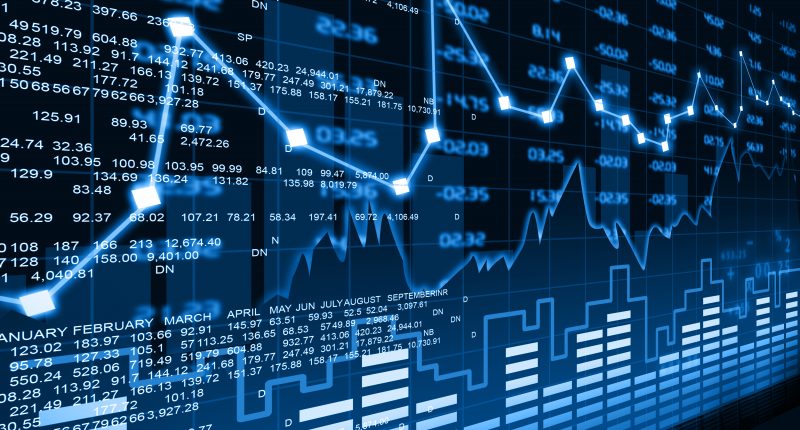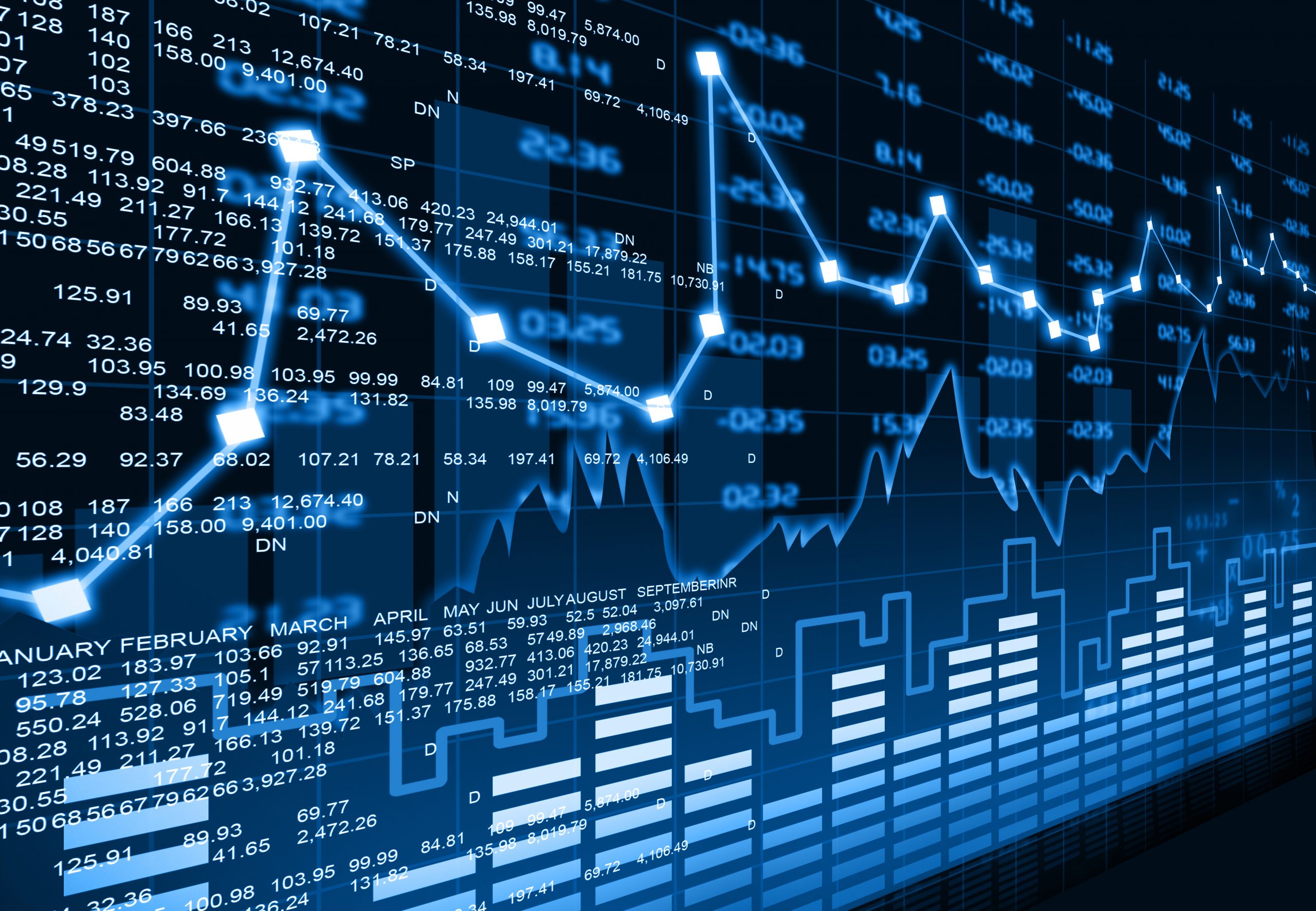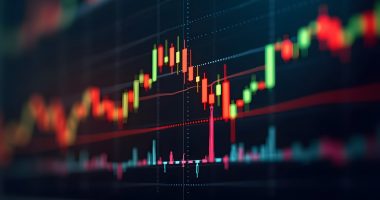Australian shares face an uncertain start to the new year as traders weigh a positive session in Europe overnight against a sharp contraction in Chinese factory activity and weak leads from Wall Street.
European stocks rallied on the first trading session of 2023, shrugging off a soft finish to 2022 in the US. Wall Street reopens tonight after the New Year break.
Factory production at Australia’s most important trading partner contracted at the fastest pace in almost three years, according to data released over the weekend.
The Australian futures market has not traded since Friday. The SPI200’s closing gain of 32 points or 0.45 per cent reflects a modest advance for the ASX 200 on the last session of 2022.
Europe and Wall Street
Tentative optimism about a recovery in manufacturing helped European stocks launch the new year with solid gains. The pan-European Stoxx 600 climbed 0.96 per cent overnight as a survey suggested European factory output may have bottomed.
The S&P Global final manufacturing purchasing managers’ index improved to 47.8 last month from 47.1 in November. Input and output prices fell from recent highs in a sign of cooling inflation.
“Prospects have brightened amid signs of healing supply chains and a marked softening of inflationary pressures, as well as a calming of concerns over the region’s energy crisis, thanks in part to government assistance,” Chris Williamson, chief business economist at S&P Global Market Intelligence, said.
“The number of optimists regarding the year ahead has also now exceeded pessimists for the first time since August, hinting at a steady improvement in business confidence,” Williamson added.
Germany’s DAX index gained 1.05 per cent as bond yields backed off their highest in more than a decade. France’s CAC 40 index jumped 1.87 per cent. London and New York were closed for New Year holidays.
US stocks ended their worst year since 2008 with a round of modest losses on Friday. The S&P 500 eased ten points or 0.25 per cent. The Dow Jones Industrial Average shed 74 points or 0.22 per cent. The Nasdaq Composite gave up 12 points or 0.11 per cent.
The market mood remained downbeat as investors locked in tax losses at the end of the most challenging year since the Great Financial Crisis. Stocks wilted in 2022 under headwinds including war in Ukraine, an explosion in inflation, surging interest rates and China’s struggles with Covid.
The S&P 500 finished with an annual loss of 19.4 per cent. The Dow gave up 8.8 per cent and the Nasdaq 33.1 per cent.
Energy was the only sector to rise across the year, boosted by the fallout from the Ukraine-Russia war. Growth sectors suffered most. Communication services tumbled more than 40 per cent.
A new year is unlikely to bring instant relief for global share markets, according to UBS’s influential director of floor operations, Art Cashin.
“I would love to tell you that it is going to be like the ‘Wizard of Oz’ and everything is going to be in glorious colour in a moment or two,” Cashin told CNBC’s ‘The Exchange’.
“I think we may have a bumpy first quarter, and depending on the Fed it may last a little longer than that.”
Australian outlook
There will be no lead from futures markets until the SPI200 resumes trade this morning at 9.50 am AEDT. However, there could be enough in last night’s European gains for an encouraging start to 2023, despite other negatives.
China’s factory activity contracted for a third month as Covid outbreaks halted factory production lines. The official manufacturing purchasing managers’ index dropped to 47 last month from 48 in November, according to data released over the weekend.
The contraction in activity was the largest since February 2020. A separate measure of services-sector activity dived to 41.6 from 46.7 in November.
“The weeks before Chinese New Year are going to remain challenging for the service sector as people won’t want to go out and spend more than necessary for fear of catching an infection,” Mark Williams, Chief Asia Economist at Capital Economics, told Reuters.
“But the outlook should brighten around the time that people return from the Chinese New Year holiday – infections will have dropped back and a large share of people will have recently had COVID and feel they have a degree of immunity.”
Adding to worries across the holiday weekend was a dour annual outlook from the International Monetary Fund. Managing Director Kristalina Georgieva said 2023 would be a tough year as the world’s three-largest economies – the US, Europe and China – all lose momentum.
“For the first time in 40 years, China’s growth in 2022 is likely to be at or below global growth,” Dr Georgieva said. “The impact on global growth will be negative,” she added.
The S&P/ASX 200 wrapped up 2022 with a modest rally on Friday. The Australian benchmark climbed 19 points or 0.26 per cent to reduce its loss for the year to around 5.4 per cent.
Consumer discretionary was the best-performing sector in Europe overnight, rising around 1 per cent. Automobile and luxury goods companies outperformed.
Tech stocks also rebounded. Energy rallied 1.8 per cent as crude prices improved (more below).
The Australian dollar eased 0.1 per cent this morning to 68.09 US cents.
A light domestic economic calendar this week includes construction and job advertising figures on Wednesday and services-sector activity on Friday.
Wall Street has a much busier week. The new year brings manufacturing and job vacancies on Wednesday night, as well as the minutes from last month’s Federal Reserve meeting. Thursday brings further employment tasters in the form of unemployment claims and private payrolls, before the main event on Friday night, the December jobs report.
IPOs: a predictably slim week for new listings has just one possible starter. UK-based high-grade metals supplier Dynamic Metals is tentatively scheduled to list on Friday.
Australian Unity and Sietel trade ex-dividend on Thursday.
Commodities
Oil surged overnight as the tailwinds that fuelled gains across 2022 continued to encourage buyers. Brent crude settled US$2.45 or 2.9 per cent ahead at US$85.91 a barrel.
Iron ore ended 2022 at its highest in more than six months as buyers anticipated improved demand ahead of Lunar New Year holidays later this month.
The most-traded May ore on China’s Dalian Commodity Exchange rallied 2.8 per cent on Friday to 863 yuan (US$124.14) a tonne. Earlier, the price hit 867.50 yuan, the strongest since June 9. For the year, Dalian ore lifted by 43 per cent.
BHP‘s US-traded depositary receipts dropped 0.31 per cent on Friday. The miner’s UK listing shed 0.27 per cent. Rio Tinto edged up 0.15 per cent in the US after losing 0.62 per cent in the UK.
Gold ended the year near a six-month high in muted trade. Gold for February delivery settled 20 US cents or less than 0.1 per cent ahead at US$1,826.20 an ounce. The NYSE Arca Gold Bugs Index retreated 0.46 per cent.
The price of the yellow metal crept higher in electronic trade across the holiday weekend. Spot gold was this morning up US$3.90 or 0.2 per cent at US$1,830.10 an ounce.
Copper and most other industrial metals declined on Friday as fear of a global recession dulled demand. Benchmark copper on the London Metal Exchange slid 0.55 per cent to US$8,372 a tonne.
Aluminium dropped 1.12 per cent, nickel 0.7 per cent, zinc 0.4 per cent and tin 0.43 per cent. Lead rose 0.9 per cent.








